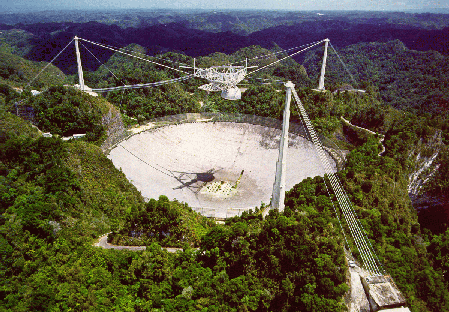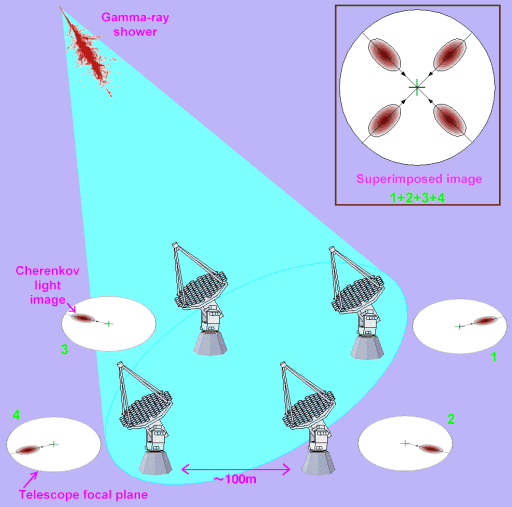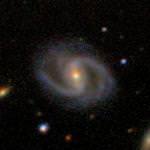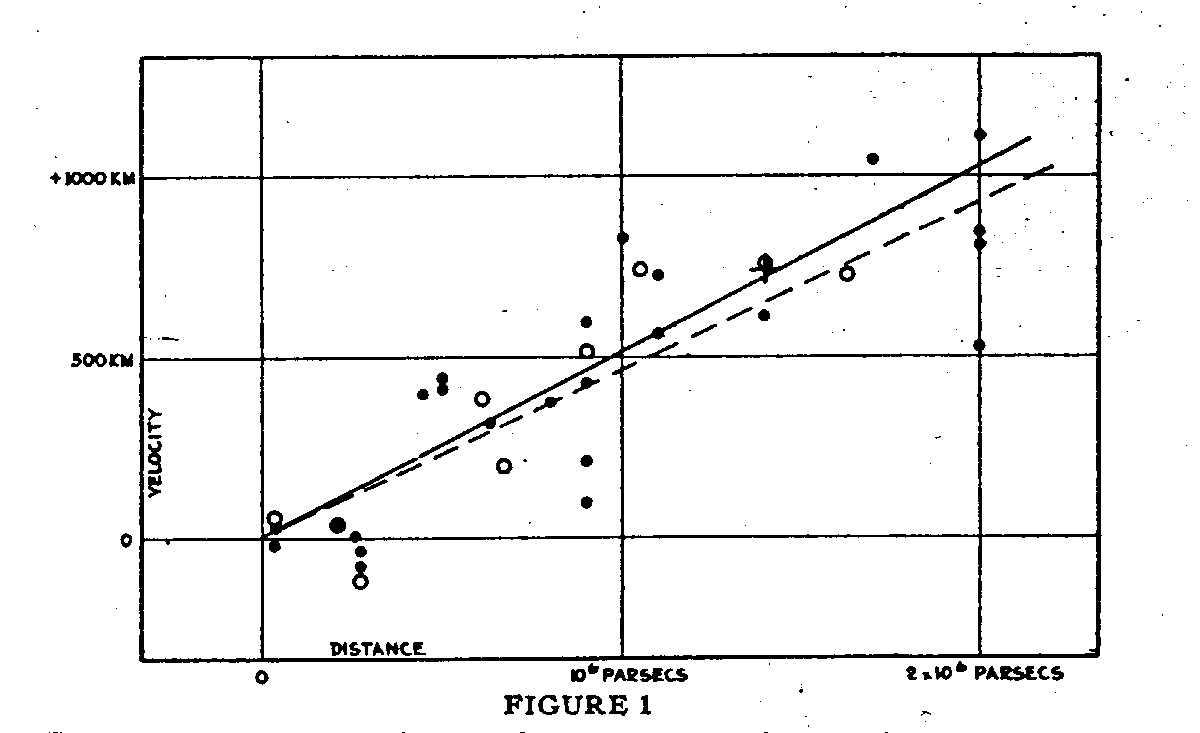[/caption]
Named after the nearby city in Puerto Rico, the Arecibo Observatory (or Arecibo Radio Telescope) is the largest single-aperture (radio) telescope ever built, 305 m in diameter.
Taking advantage of a karst sinkhole, Cornell University built a spherical reflector out of wire mesh, with receivers at the focus suspended by 18 steel cables strung from three concrete towers on the rim. It took three years to build, and was completed in 1963. Since then it has been upgraded several times; for example, in 1974 perforated aluminum panels replaced the wire mesh, and a Gregorian reflector system added to the receiver mechanism in 1997. Among other things, these upgrades have extended the range of radio wavelengths Arecibo can operate at, both as a radio telescope and for radar astronomy.
Such a visually interesting piece of scientific hi-tech has lead to Arecibo playing a role in many movies and TV shows, from James Bond’s Golden Eye to Contact to X-Files.
Everyone knows about SETI@Home, right? Well, it’s receivers on Arecibo that supply the data which the millions of PCs crunch!
Arecibo has played a key role in many astronomical discoveries, from the rotation period of Mercury (a radar astronomy application, in 1964), to the pulses of the Crab Nebula (1968), to studies of pulsars by Hulse and Taylor (1974) that lead to their Nobel Prize (1993), and to direct imaging of asteroids (another radar astronomy application, first done in 1989).
Due to budget cutbacks and changes in research priorities, the future of Arecibo is uncertain (most of its funding comes from the National Science Foundation); maybe you can find a way to save it?
Here’s the official Arecibo Observatory website; ALFA is a current large-scale astronomical survey being done at Arecibo, in case you don’t already know about SETI@Home, and click here to read more about planetary radar.
Calling All Amateur Astronomers: Help Comb Through Arecibo Data for Gems, Arecibo Spots Triple Asteroid, Arecibo Gets an Upgrade: just three of the many Universe Today stories featuring the Arecibo Observatory!
Some of the ways Arecibo contributes to astronomy are covered in Astronomy Casts The Rise of Supertelescopes, and Across the Electromagnetic Spectrum.
Source: National Astronomy and Ionosphere Center: Arecibo Observatory




